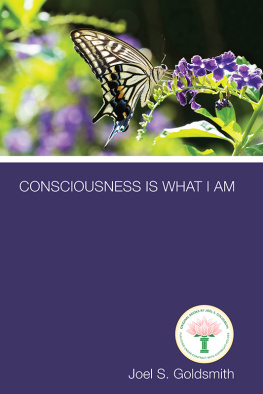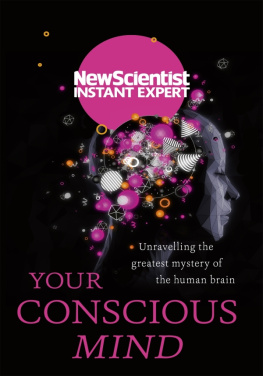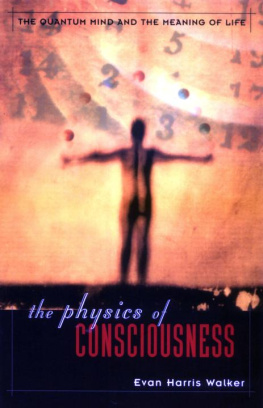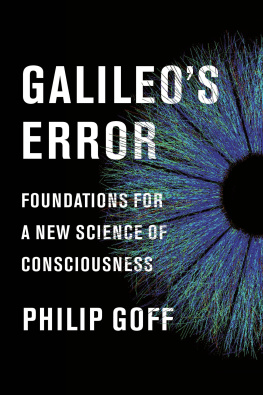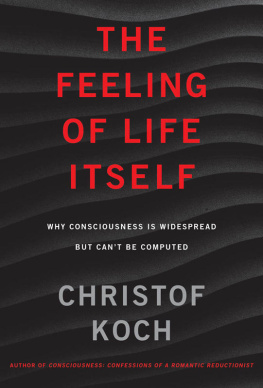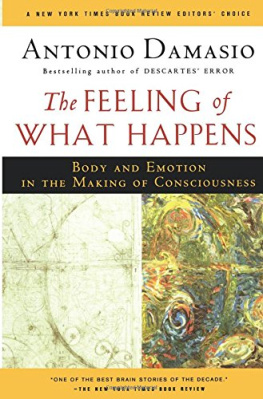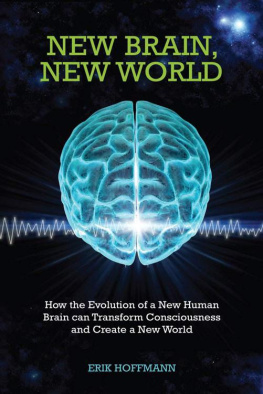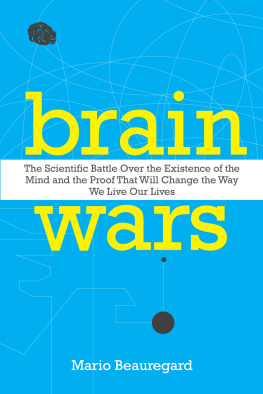


To my father Bruno and my mother Jolanda, who have always believed in the power of ideas.
2017 Riccardo Manzotti
All rights information: rights@orbooks.com
Visit our website at www.orbooks.com
First printing 2017.
All rights reserved. No part of this book may be reproduced or transmitted in any form or by any means, electronic or mechanical, including photocopy, recording, or any information storage retrieval system, without permission in writing from the publisher, except brief passages for review purposes.
Library of Congress Cataloging-in-Publication Data: A catalog record for this book is available from the Library of Congress.
British Library Cataloging in Publication Data: A catalog record for this book is available from the British Library.
Text Design by Pauline Neuwirth
Published for the book trade by OR Books in partnership with Counterpoint Press.
Distributed to the trade by Publishers Group West.
hardcover ISBN 978-1-94486-949-6
ebook ISBN 978-1-94486-956-4
Contents
Introduction
The Spread Mind
The Spread Object
The Causal Geometry of Experience
Illusions
Hallucinations and Dreams
A Zoo of Objects and Experiences
The Spread No w
Thou Shalt Have No Other Relations Before Identity
Look at The Universe and Youll See Yourself
References
Endnotes
Introduction
In The Spread Mind , I present a view of nature that challenges the traditional separation between appearance and reality, between experience and objects, and between mind and nature. I discuss and revise key notionssuch as existence, experience, appearance, consciousness, representation, relation, causation, identity, and the now. This endeavor moves from a simple idea, namely that the thing that is my conscious experience is not an inner ghost but the very object I am conscious of. Perhaps surprisingly, my experience of an apple is the apple itself. The subject is the object. How is this possible? The proposed solution is that the separation between a physical object and a mental world was the offshoot of an oversimplified notion of physical objects. If we understand that the external objects that populate our life do not exist autonomously but only relative to our bodies, we will no longer need to place our experience in an inner mental domain. Our experience will be one and the same with the physical objects that surround our bodies. Objects are not absolute, though. They are relative and, as a consequence, they are spread in space and time as our experience isthe two being the same.
Such a hypothesis does not rely on armchair efforts, but derives from the wealth of data that psychology and neuroscience have accumulated in the last decades. To make a convincing case for the spread mind, I will revisit the empirical evidence about perception, illusions, hallucinations, and dreams. I will show that all cases of mental experience can be explained as cases of perception.
Philosophers and scientists have often assumed that ones experience hasat least in principleonly a contingent link with the real world: on the one side physical reality and on the other side our subjective qualitative untrustworthy experience. Yet, perhaps surprisingly, a different picture will be drawn. I will show that experience and reality are one and the same. If that is the case, experienceand thus consciousnesswill fit seamlessly with nature. Experience will not be an addition to the physical world, but will be a subset of ittantamount to how living organisms are a subset of the physical world. This insight is here elaborated upon and expanded into an original and comprehensive theory of both consciousness and physical objectsthe theory of the spread mind.
The key intuitionnamely that ones experience of an object is the object one experiences suggests a new perspective about consciousnessnamely that all experience is perception of actual physical objects . The book starts from the premise that nature is all there is. Hence, if nature is made of objects, experience must be made of objects as well. Therefore, articulating the premise of the spread mind has a twofold goal. It explains what experience is made of and it revises the notion of the object in the physical world. The object is no longer a passive entity but it is instead an active cause.
Up to now, the reduction of experience to neurons and their whereabouts, the usual candidates for the physical underpinnings of consciousness, has not been satisfactory for explaining the conscious mind, since experience and the brain do not resemble each other in the least. In contrast, I suggest a radically different account: conscious experience is not an exotic phenomenon concocted by the brain, but it is the subset of the physical world one experiences at any moment. Such a subset is not made of neural firings inside brains but of physical objects outside ones body. Consciousness is physical, and it is outside ones body. Our mind is physical and yet, ironically perhaps, is neither our body nor our brain (or any property of them).
The view proposed in this book allows us to shed a new light on the vague notion of personhood, too. Persons are not their bodies. A person is a set of objects and events spread in space and time. A person is a world that exists causally relative to his/her body. The body is the proxy that allows the objects one experiences to produce effects here and now . In this regard, a person is a physical part of the world, like a pebble or a thunderstorm, only the world is not identical with ones body.
If experience and physical objects are the same, the proposed solution can address another thorny notionnamely, the relation between mind and world. In nature, one cannot observe any relation. No picture of relations has ever been shot. No relation has ever been measured. Relationssuch as intentionality, semantics, and representationshave never been observed experimentally. They have been postulated to fit conceptual gaps between cherished theories and everyday life, but they are not found in the world as it happens, say, to stars, trees, and electrons. In this regard, the spread mind suggests a radical move. There are no relations of any kind in the world, there are only objects and everything is just identical with itself. If ones experience of the world is the world one experiences, no dubious relation is needed. In the physical world, only one kind of relation is needed, and indeed available namely, identity . Once we relocate ourselves in the world, we no longer need any bridging relation. We are already there, so to speak.
The presented view does not require customized ontological licenses, rather it rolls back entrenched conceptual distinctions and thereby flattens our view of nature to a uniform landscape of objects causally related. Once the alleged gap between appearance and reality is set aside, nature and experience will not need separate levels of description. The traditional separation between what things are and how they appear can be set aside. The goal is to show what and where experience is within the physical worldwhat and where consciousness is in nature. The contrasting notions of appearance and reality might be akin to those of the directions left and righti.e., useful, but not essential, ways to describe reality.
Next page

